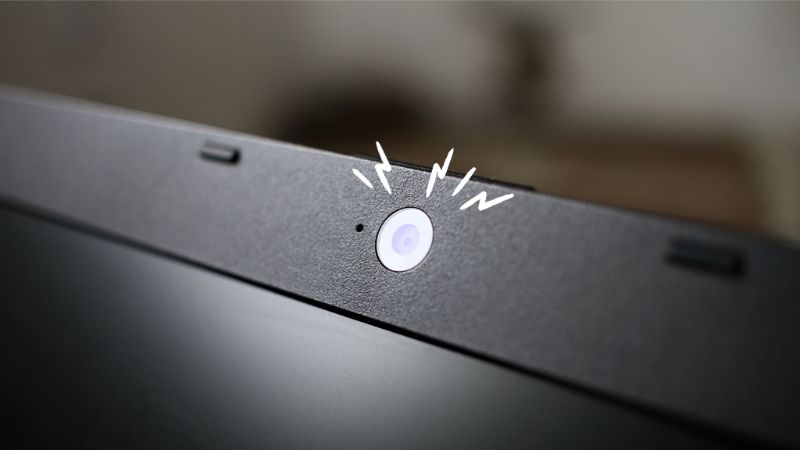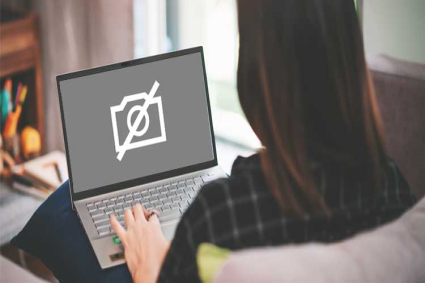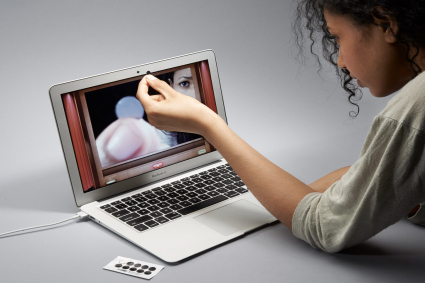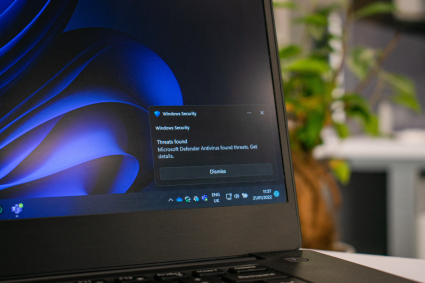
Having a laptop camera can be both a blessing and a curse. It can be a great way to communicate with family and friends but can also be a security risk if it falls into the wrong hands. Knowing how to turn off your laptop camera is a great way to ensure your privacy and security. This article will cover the various methods you can use to disable your laptop camera.
Content of the page
Why Would You Want to Turn Off Your Laptop Camera?

There are a number of reasons why you might want to disable your laptop camera. Most importantly, it is a great way to protect your privacy. By disabling the camera, you can ensure that no one is able to access it without your knowledge. Additionally, disabling the camera can help preserve the battery life of your laptop, as well as improve its performance by preventing unnecessary background processes.
Methods to Disable Your Laptop Camera
There are a few different ways to disable your laptop camera. The method you choose will depend on your operating system and the specific laptop you are using.
| Method | Operating System | Instructions |
|---|---|---|
| Device Manager | Windows | Access Device Manager from Control Panel, locate camera, and disable |
| Privacy Settings | Windows | Access privacy settings from Settings, select Camera, and disable |
| Privacy Settings | macOS | Access privacy settings from System Preferences, select Camera, and disable |
| Third-Party Software | Any | Install third-party software to disable the camera |
1. Disable the Camera via Device Manager
The first method is to disable the camera via Device Manager. You can access Device Manager by going to the “Control Panel” in the Windows menu. Once you have opened Device Manager, you will need to locate the camera and right-click on it. From there, you will be able to disable the camera.
2. Utilize Privacy Settings in Operating System
The second method is to utilize the privacy settings in your operating system. Both Windows and macOS have privacy settings that allow you to disable the camera on your laptop. On Windows, you can access the privacy settings by going to “Settings” and selecting “Privacy”. On macOS, you can access the privacy settings by going to “System Preferences” and selecting “Security & Privacy”.
a. Windows
In the Windows privacy settings, you can select the “Camera” option and disable the camera. Additionally, you can also disable the camera for specific applications. This is a great way to ensure that certain applications are not able to access your camera.
b. macOS
In the macOS privacy settings, you can select the “Camera” option and disable the camera. Additionally, you can also disable the camera for specific applications. This is a great way to ensure that certain applications are not able to access your camera.
3. Use Third-Party Software
The third method is to use third-party software to disable the camera. There are a number of software programs available that allow you to easily disable the camera. These programs are usually designed to be lightweight and easy to use. Additionally, they often have additional features such as password protection and the ability to keep the camera disabled until you manually enable it.
Considerations for Physical Covers

In order to physically disable your laptop camera, you have two main options: webcam covers and DIY solutions.
| Option | Description |
|---|---|
| Webcam Covers | Plastic or metal covers with adhesive backing to block the camera lens |
| DIY Solutions | Use materials like tape or paper to cover the camera lens |
1. Webcam Covers
Webcam covers are designed to physically block the lens of your laptop camera, preventing anyone from using it to spy on you. They are usually made of plastic or metal and are available in a variety of shapes and sizes. They come with adhesive backing, so you can easily stick them directly onto your laptop and remove them when you want to use the camera.
2. DIY Solutions
If you don’t want to buy a webcam cover, there are also several DIY solutions you can use to cover your laptop camera. For example, you can use a piece of tape, paper, or any other material that is thick enough to block the lens. However, it’s important to note that these solutions may not be as secure as dedicated webcam covers, and they may not last as long.
Securing Your Laptop Camera

While physical covers are a great way to protect your privacy, there are also several steps you can take to secure your laptop camera from cyber attacks.
| Step | Description |
|---|---|
| Keep Your OS and Software Updated | Ensure operating system and software are up to date to prevent security vulnerabilities |
| Install Antivirus Software | Protect against malware and malicious software |
| Be Mindful of Malicious Websites and Links | Avoid visiting malicious websites and clicking on suspicious links |
1. Keep Your Operating System and Software Updated
The first step you should take to secure your laptop camera is to make sure your operating system and all of your software is up to date. This includes both the operating system and any applications you have installed. Outdated software can contain security vulnerabilities that can leave you vulnerable to cyber attacks.
2. Install Antivirus Software
In addition to keeping your software up to date, you should also install antivirus software on your laptop. Antivirus software can detect and remove malicious software that may be trying to access your laptop camera, as well as protect you from other threats.
3. Be Mindful of Malicious Websites and Links
Finally, you should also be mindful of malicious websites and links. Malicious websites and links can contain malware that can be used to access your laptop camera, so it’s important to be careful when browsing the web.
Conclusion
Turning off your laptop camera is a great way to protect your privacy and keep your information safe. You can do this by using a physical cover, such as a webcam cover, or by using a DIY solution. In addition, you can also take steps to secure your laptop camera from cyber attacks, such as keeping your software up to date and installing antivirus software. Finally, it’s important to be mindful of malicious websites and links that can contain malware that can be used to access your laptop camera.
